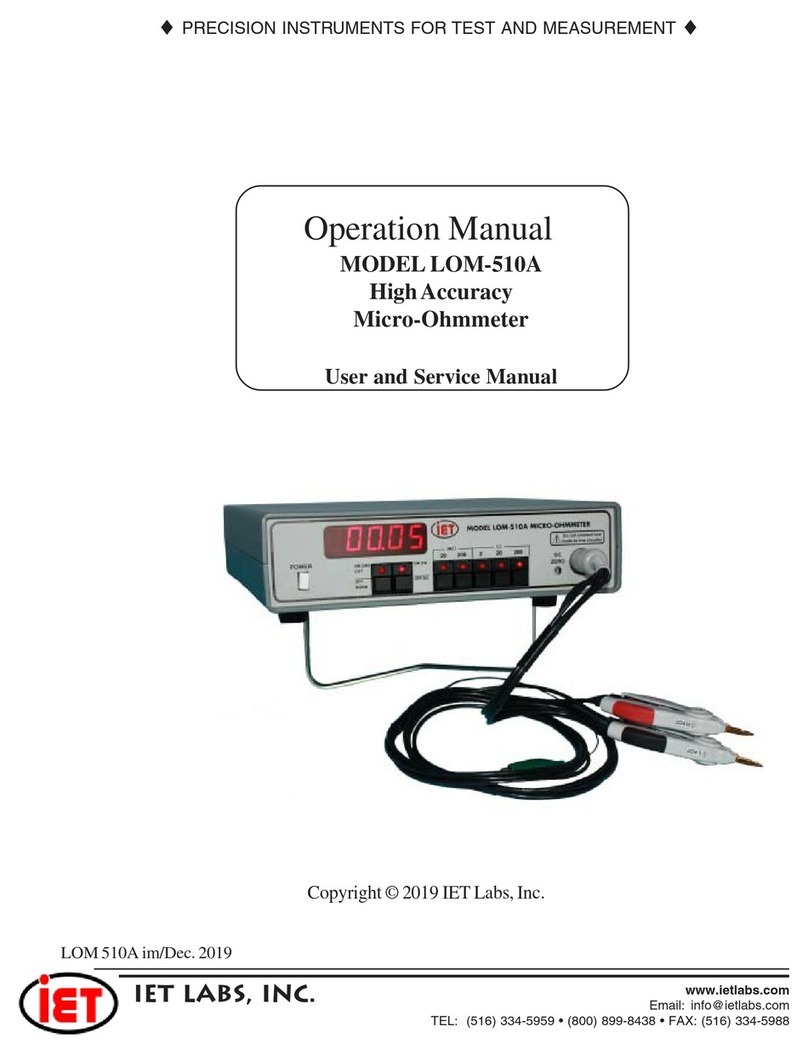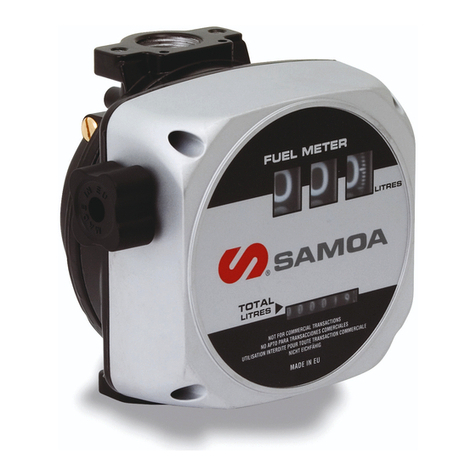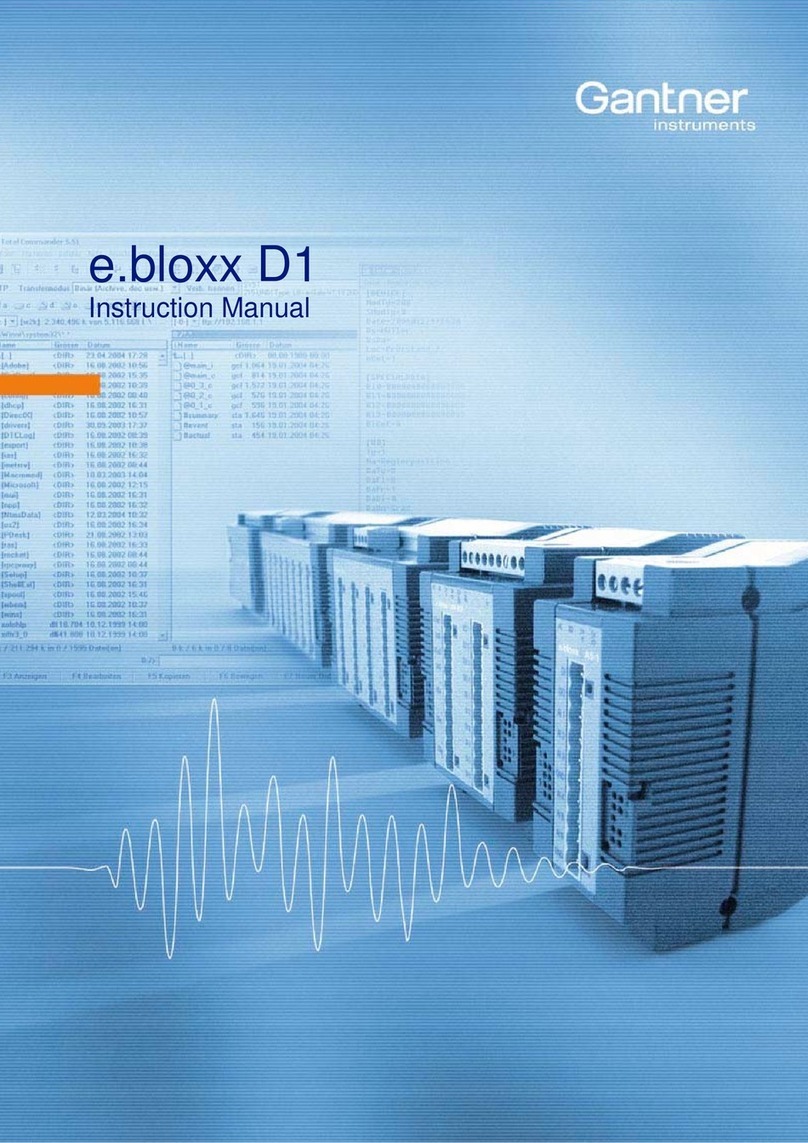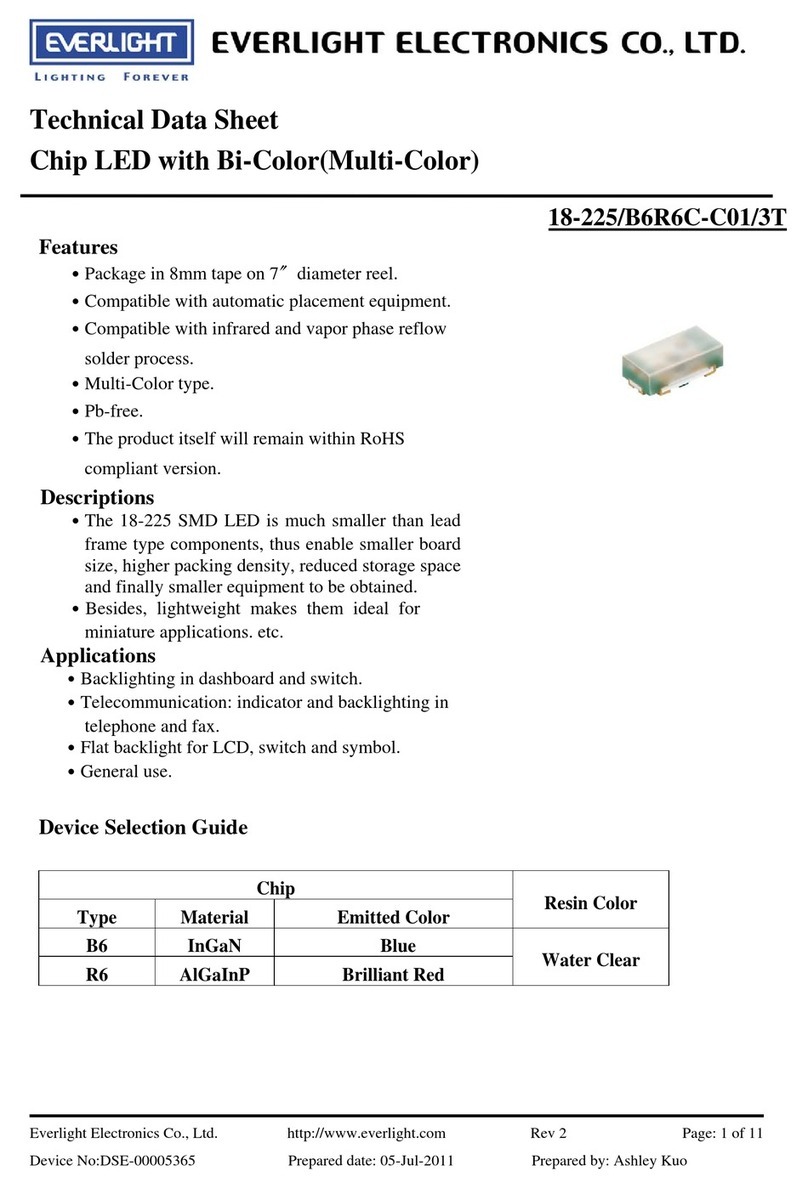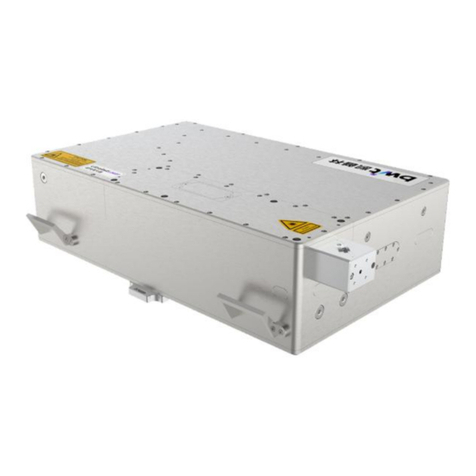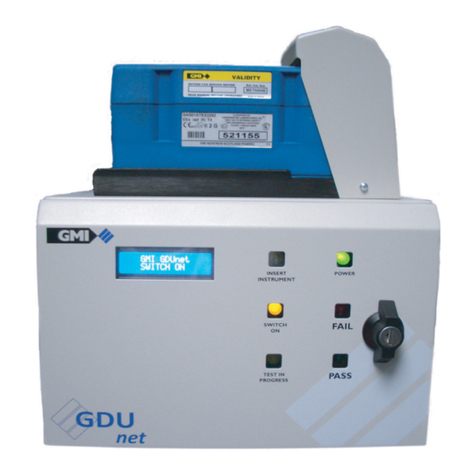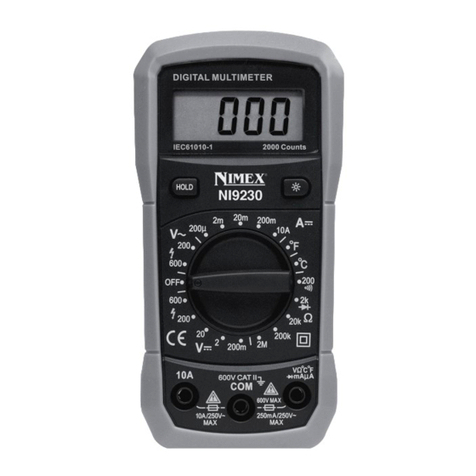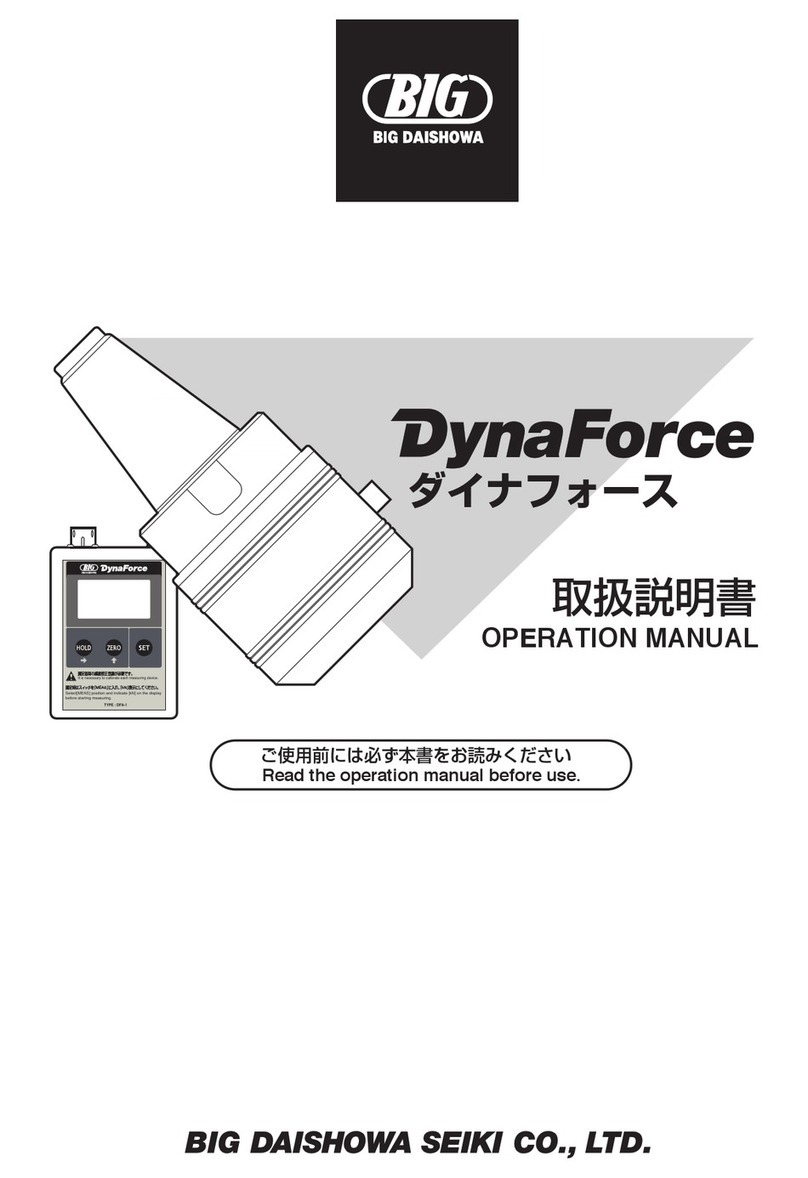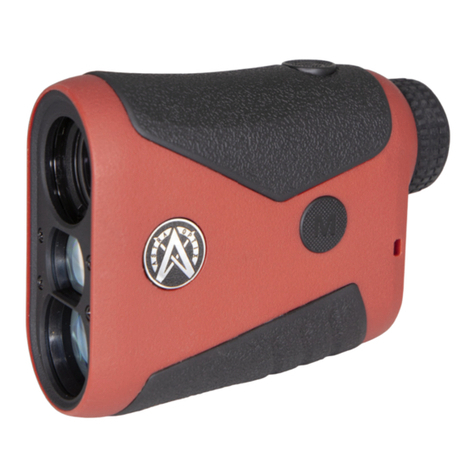IET Labs SRC-10T-Tnetwork Troubleshooting guide

















This manual suits for next models
3
Table of contents
Other IET Labs Measuring Instrument manuals
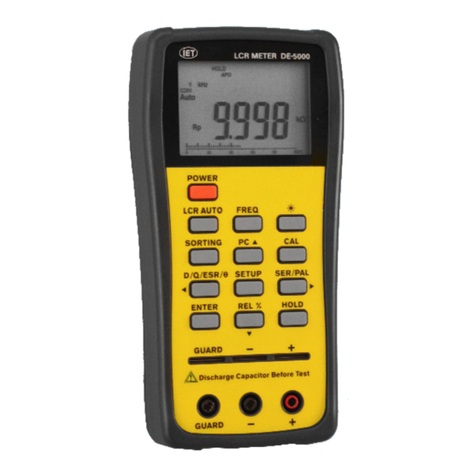
IET Labs
IET Labs DE-5000 Troubleshooting guide

IET Labs
IET Labs 1565-E Troubleshooting guide

IET Labs
IET Labs 1433 Series Troubleshooting guide

IET Labs
IET Labs 1409 Series User manual

IET Labs
IET Labs RS-925D Troubleshooting guide
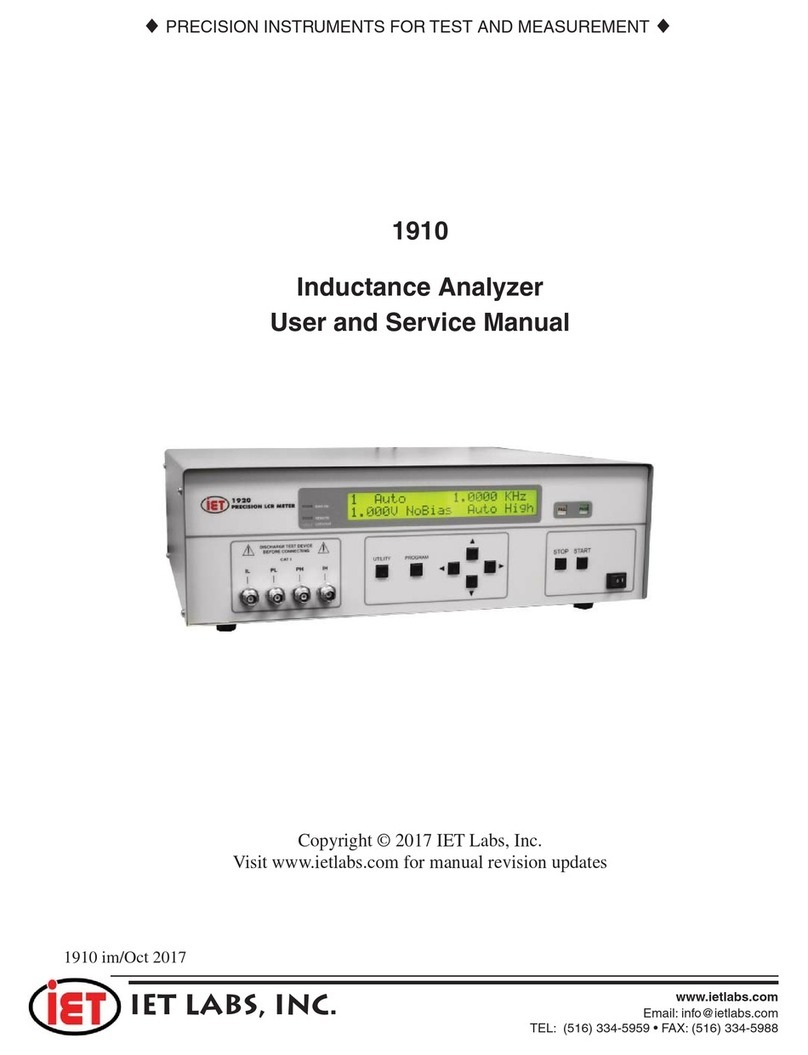
IET Labs
IET Labs 1910 Troubleshooting guide
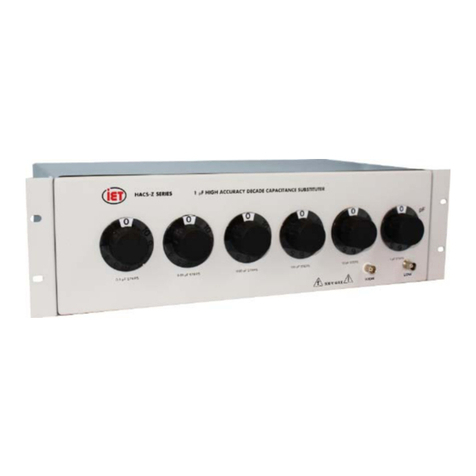
IET Labs
IET Labs HACS-Z-A-6E-1pF Troubleshooting guide

IET Labs
IET Labs SCA Series User manual
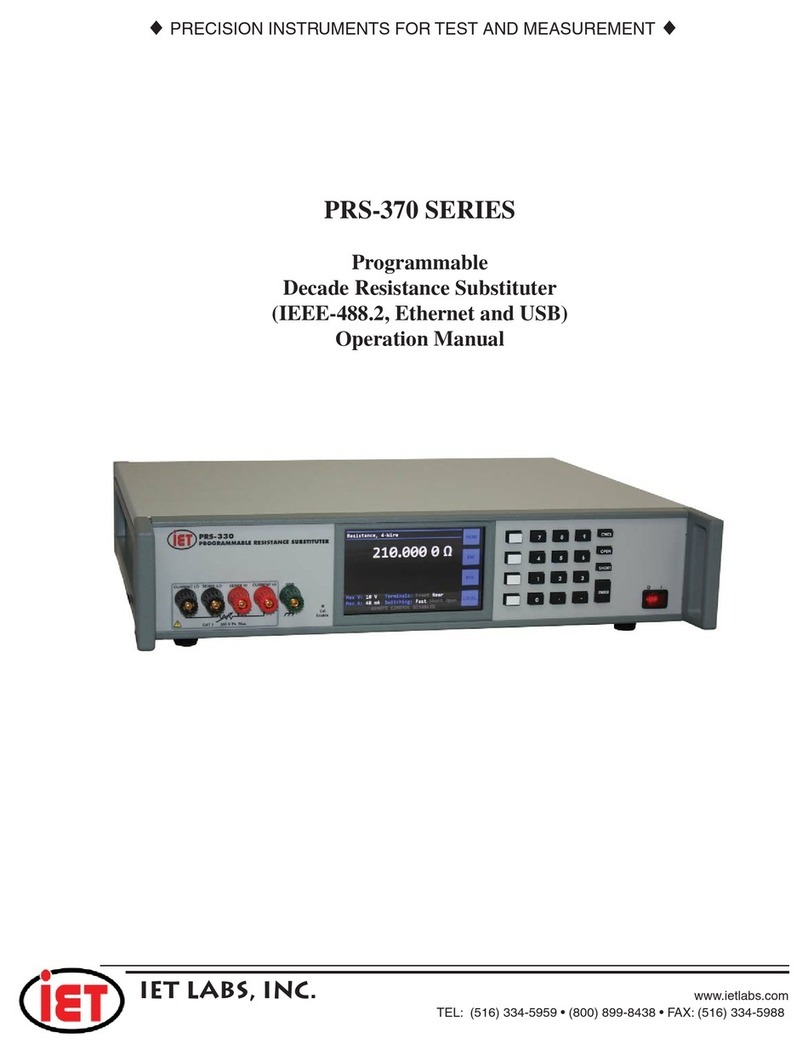
IET Labs
IET Labs PRS-370 SERIES User manual
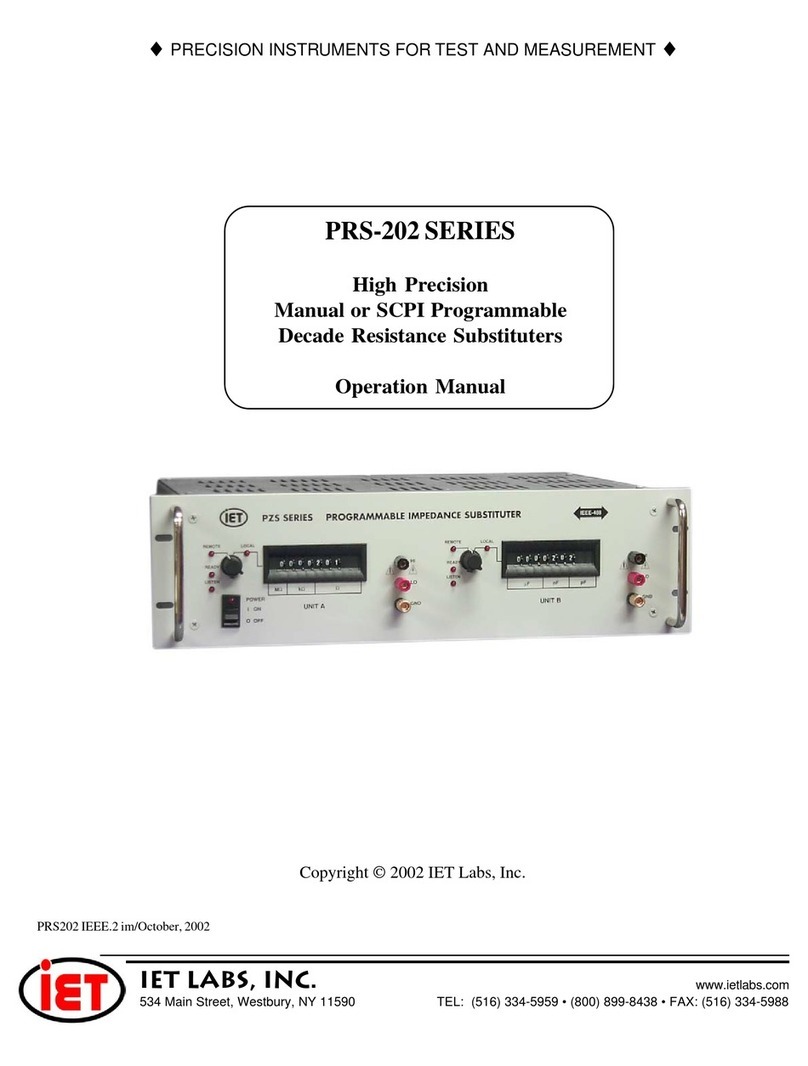
IET Labs
IET Labs PRS-202 Series User manual
Popular Measuring Instrument manuals by other brands
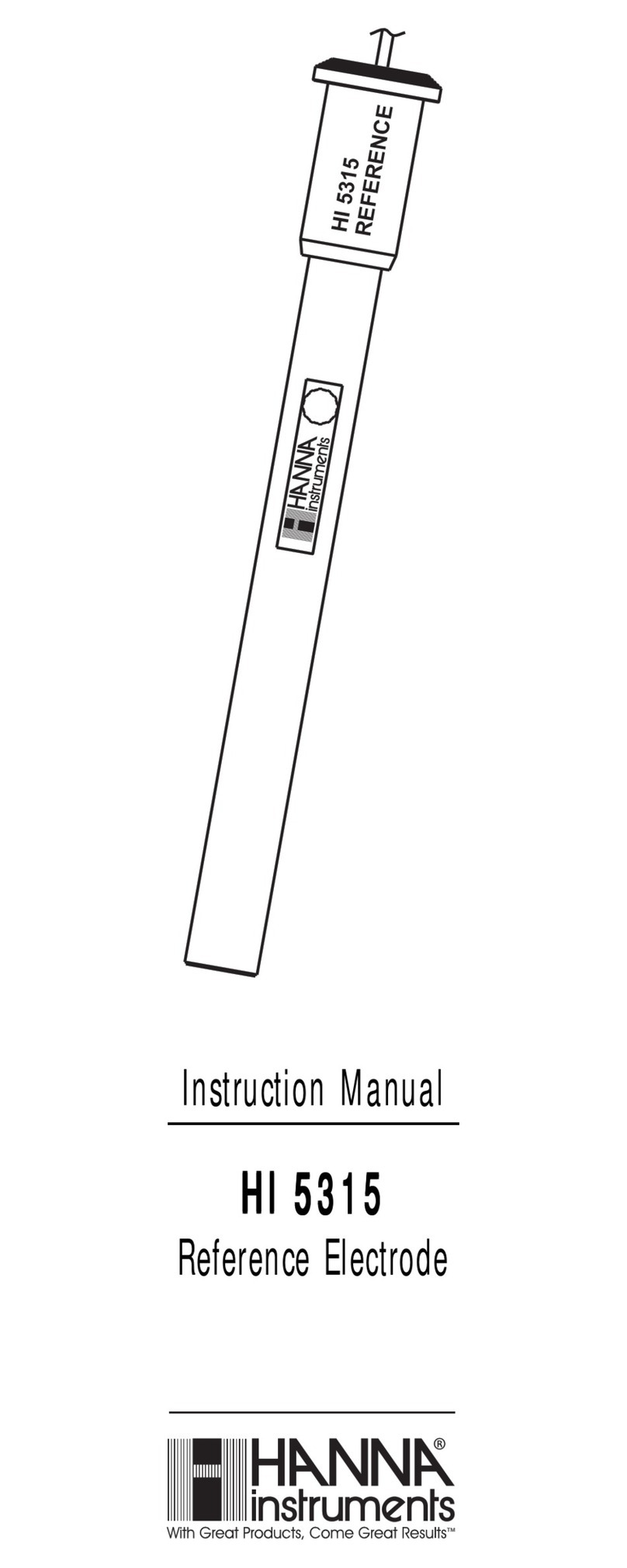
Hanna Instruments
Hanna Instruments HI 5315 instruction manual
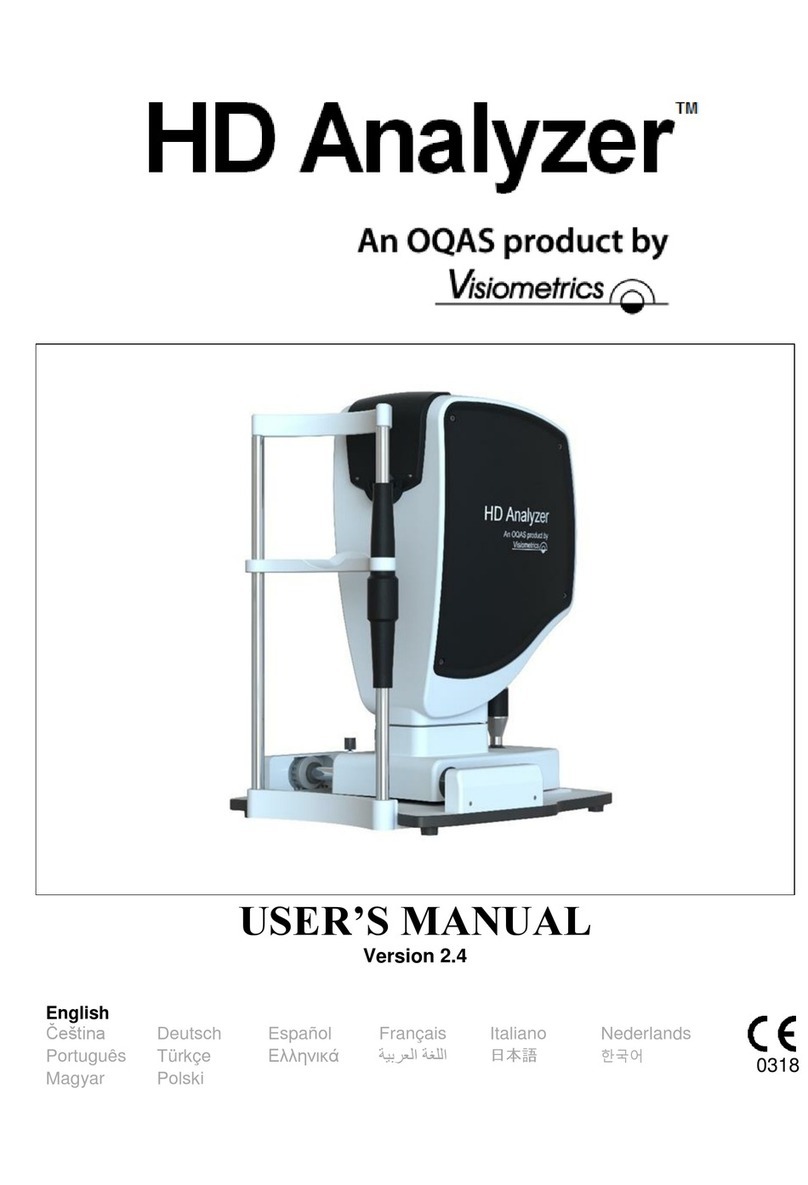
Visiometrics
Visiometrics HD Analyzer OQAS user manual
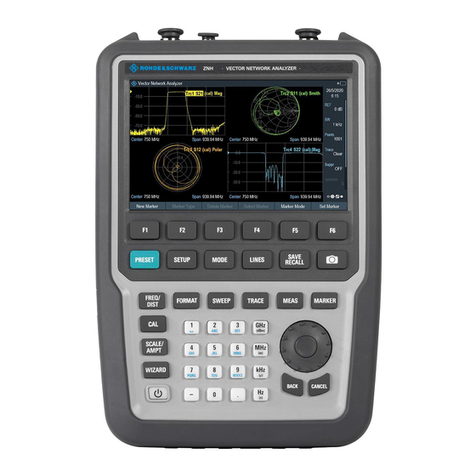
Rohde & Schwarz
Rohde & Schwarz ZNH manual
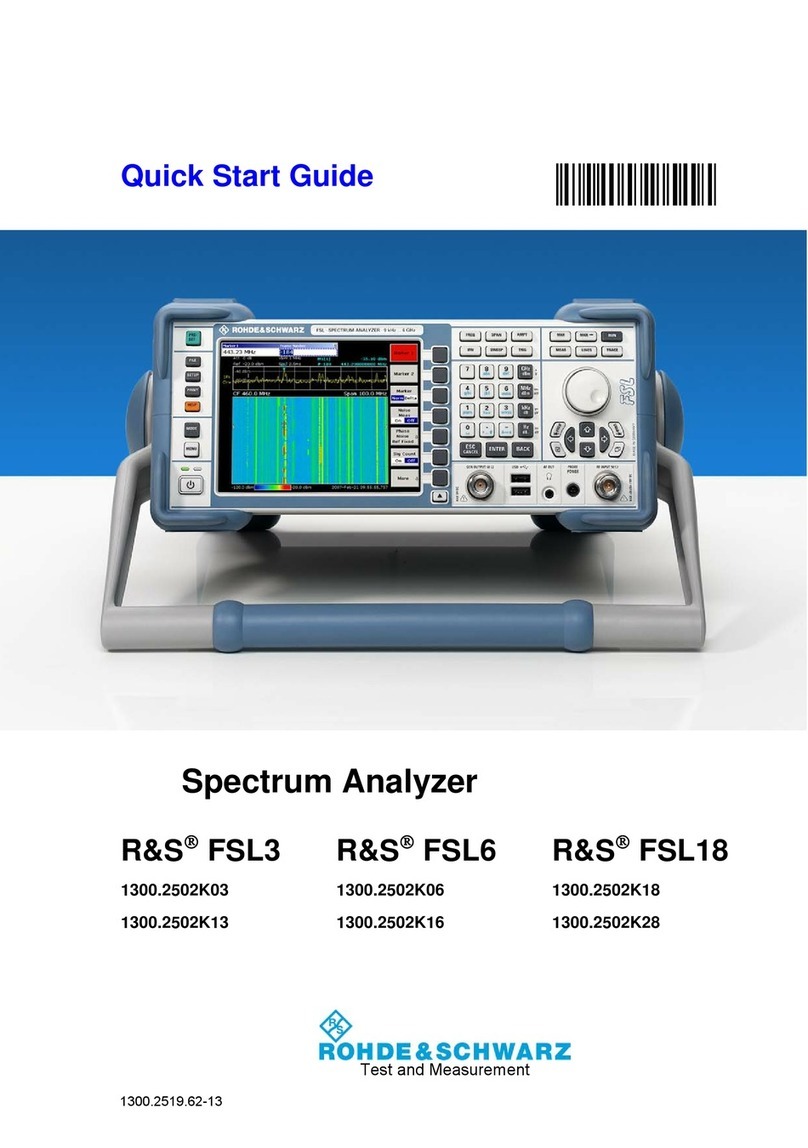
Rohde & Schwarz
Rohde & Schwarz FSL3 quick start guide

Kleinwaechter
Kleinwaechter EFM 023 BGT manual
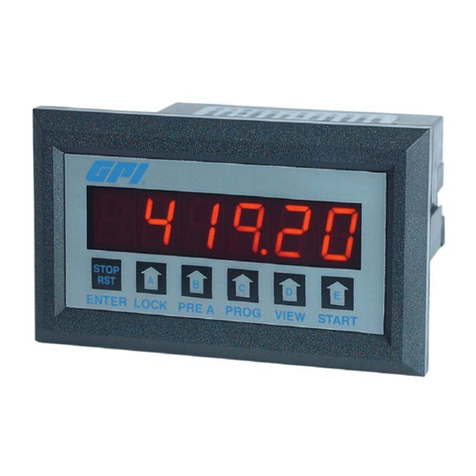
GPI
GPI GBM 110 Installation & operating instruction
